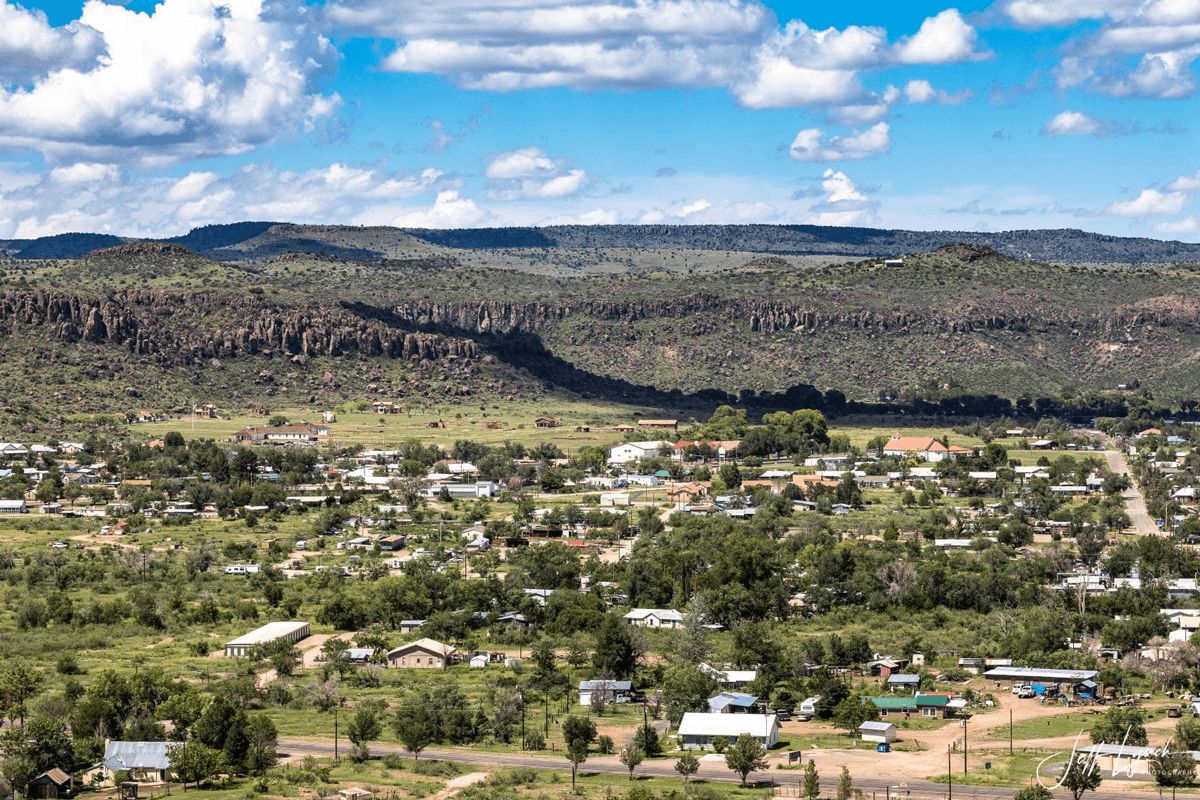Hidden Military Outposts Of Texas’s Fort Davis

Have you ever wondered about the hidden military outposts of Texas's Fort Davis? This historic site, nestled in the rugged Davis Mountains, offers a glimpse into the past. Established in 1854, Fort Davis played a crucial role in protecting settlers, mail coaches, and travelers from Native American raids. Today, visitors can explore the well-preserved ruins, hike scenic trails, and learn about the soldiers who once called this place home. Whether you're a history buff or just looking for a unique adventure, Fort Davis promises an unforgettable experience. Ready to step back in time and uncover the secrets of this fascinating military outpost?
Hidden Military Outposts of Texas's Fort Davis
Fort Davis, nestled in the rugged Davis Mountains of West Texas, is a treasure trove of history. This former military post, established in 1854, played a crucial role in protecting settlers, mail coaches, and travelers from Apache and Comanche raids. While the main fort is well-known, several lesser-known outposts also hold fascinating stories. Let's uncover some of these hidden gems.
1. Camp Peña Colorado
Camp Peña Colorado, located near the Rio Grande, served as a strategic outpost for monitoring border activities. Established in 1879, it provided a base for soldiers patrolling the area to prevent smuggling and illegal crossings. The camp's remote location made it a challenging but vital post for maintaining order in the region.
2. Camp Holland
Situated in the picturesque Davis Mountains, Camp Holland was established in 1918 during the Mexican Revolution. This outpost was crucial for monitoring revolutionary activities and protecting the local population. The camp's scenic surroundings offered a stark contrast to the tense atmosphere of the time, making it a unique spot in Texas military history.
3. Camp Marfa
Camp Marfa, now known as Fort D.A. Russell, was established in 1911 to protect the border during the Mexican Revolution. This outpost played a significant role in the military's efforts to maintain stability in the region. Today, the site is home to the Chinati Foundation, an art museum that preserves the camp's historical significance while showcasing contemporary art.
4. Camp Stockton
Located near the town of Fort Stockton, Camp Stockton was established in 1859 to protect settlers and travelers along the San Antonio-El Paso Road. The camp's strategic location made it a vital outpost for ensuring safe passage through the often-dangerous West Texas terrain. Though the camp is no longer active, its legacy lives on in the town's rich history.
5. Camp Hudson
Camp Hudson, established in 1857, was located near the Devils River in Val Verde County. This outpost played a crucial role in protecting settlers from Native American raids and ensuring safe travel along the San Antonio-El Paso Road. The camp's remote location and harsh conditions made it a challenging post for soldiers, but its importance in maintaining order in the region cannot be overstated.
6. Camp Lancaster
Camp Lancaster, established in 1855, was located near present-day Sheffield, Texas. This outpost served as a base for soldiers protecting settlers and travelers from Native American attacks. The camp's strategic location along the San Antonio-El Paso Road made it a vital point of defense in the region. Though the camp is no longer active, its historical significance remains an important part of Texas history.
7. Camp Del Rio
Camp Del Rio, established in 1917, was located near the town of Del Rio, Texas. This outpost played a crucial role in monitoring border activities during the Mexican Revolution and protecting the local population. The camp's strategic location along the Rio Grande made it a vital point of defense in the region. Today, the site is home to Laughlin Air Force Base, continuing its legacy of military importance.
8. Camp Eagle Pass
Camp Eagle Pass, established in 1849, was located near the town of Eagle Pass, Texas. This outpost served as a base for soldiers protecting settlers and travelers from Native American attacks and monitoring border activities. The camp's strategic location along the Rio Grande made it a vital point of defense in the region. Though the camp is no longer active, its historical significance remains an important part of Texas history.
9. Camp Verde
Camp Verde, established in 1855, was located near the town of Kerrville, Texas. This outpost served as a base for soldiers protecting settlers and travelers from Native American attacks. The camp is perhaps best known for its role in the U.S. Army's camel experiment, which aimed to use camels as pack animals in the harsh Texas terrain. Though the experiment was ultimately unsuccessful, Camp Verde's unique history makes it a fascinating part of Texas military history.
10. Camp Charlotte
Camp Charlotte, established in 1871, was located near the town of Charlotte, Texas. This outpost served as a base for soldiers protecting settlers and travelers from Native American attacks. The camp's strategic location along the San Antonio-El Paso Road made it a vital point of defense in the region. Though the camp is no longer active, its historical significance remains an important part of Texas history.
Discovering Fort Davis's Hidden Military Outposts
Fort Davis offers a unique glimpse into Texas's military history. Exploring these hidden outposts, you can almost hear the echoes of soldiers' footsteps and the clatter of horses. Each site tells a story of bravery, strategy, and survival in the rugged landscape.
Visiting these outposts isn't just about history; it's about connecting with the past in a tangible way. The ruins, artifacts, and landscapes provide a vivid picture of life during a pivotal time in American history. Whether you're a history buff or just looking for an adventure, Fort Davis's hidden military outposts offer something special.
Plan your trip, pack your curiosity, and step back in time. Fort Davis awaits with its rich stories and hidden gems. Don't miss the chance to uncover the secrets of these remarkable sites.

